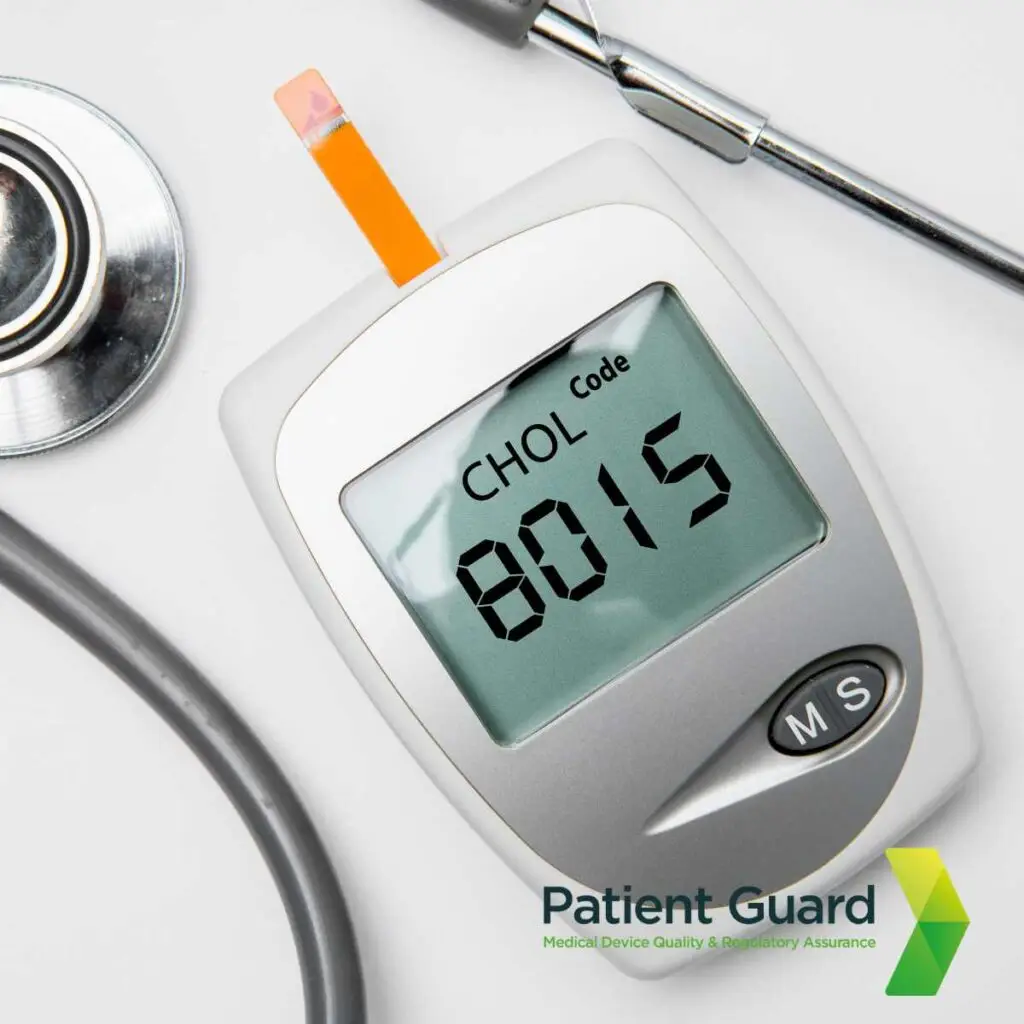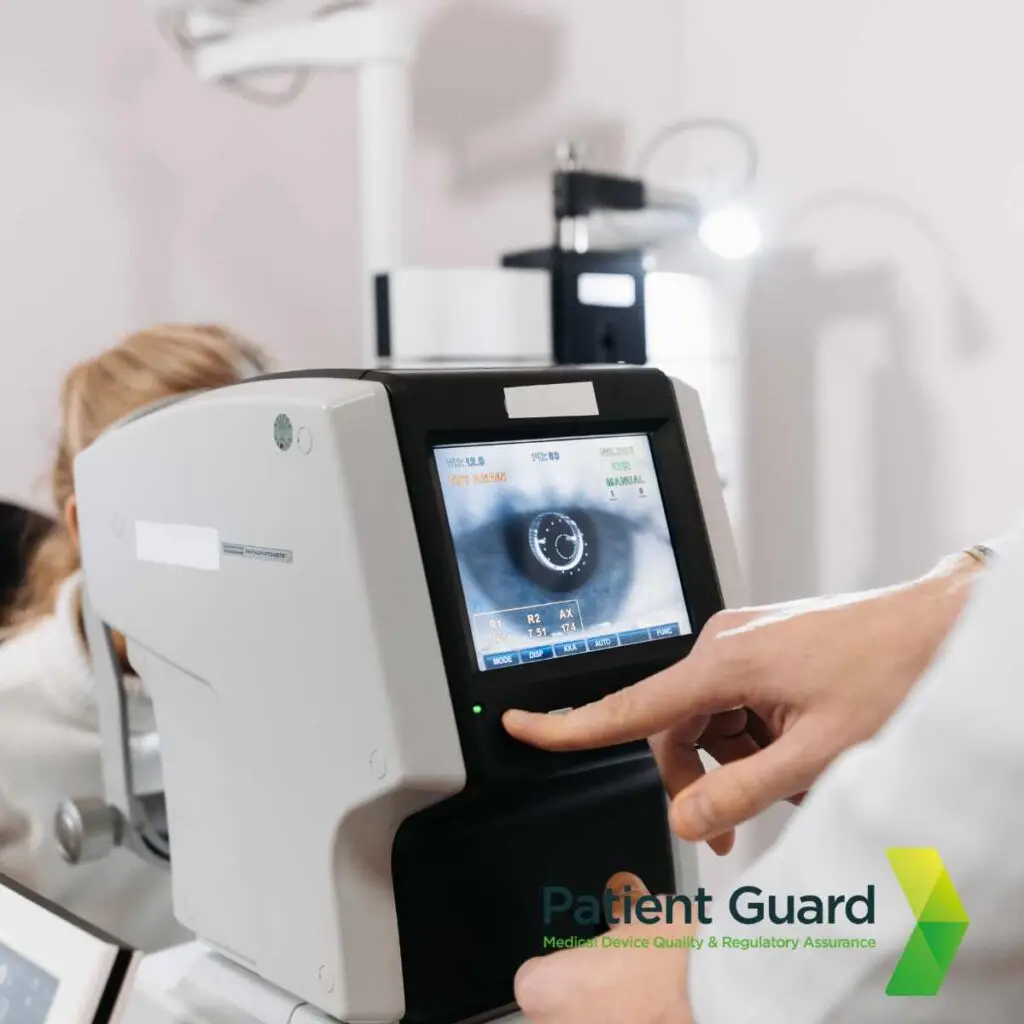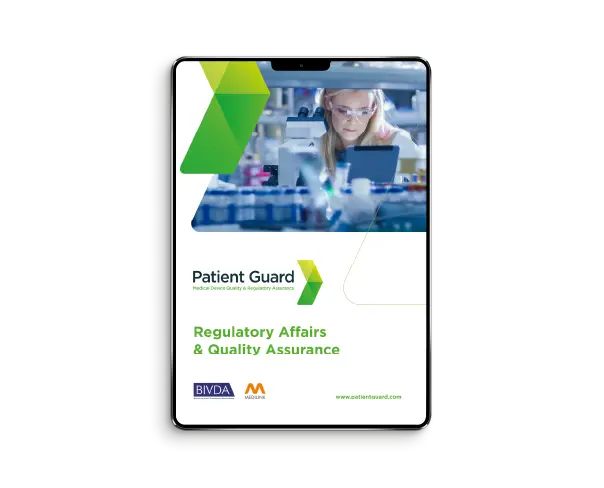Introduction
This comprehensive guide explores what the GSPRs are, why they matter, and how manufacturers can ensure full compliance—helping you avoid costly delays, reduce regulatory risk, and bring safe, effective devices to the EU market.

What Are the GSPRs?
The General Safety and Performance Requirements (GSPRs) are a detailed set of criteria that medical devices must meet to be legally placed on the EU market. They effectively replace the Essential Requirements (ERs) that were part of the MDD. The GSPRs are more rigorous and more comprehensive, reflecting the EU’s intent to enhance patient safety, device performance, and regulatory oversight.
The GSPRs are divided into three main chapters:
Chapter I: General Requirements
Focuses on overall safety, risk-benefit balance, and performance.
Includes requirements for risk management systems, usability, and compatibility.
Chapter II: Requirements Regarding Design and Manufacture
Covers biocompatibility, sterilisation, software validation, packaging, and more.
Includes special attention to devices containing substances that are carcinogenic, mutagenic, or toxic to reproduction (CMR).
Chapter III: Requirements Regarding Information Supplied with the Device
Addresses labeling, instructions for use (IFU), and transparency.
Requires all information to be understandable, accessible, and consistent.
Each requirement must be assessed for every device to ensure compliance. The goal is to ensure that devices are not only functional but safe under all intended conditions of use.
Why Are GSPRs Important?
Compliance with the GSPRs is not optional—it is mandatory. Failing to meet these requirements can result in rejected conformity assessments, product recalls, or inability to access the EU market. But beyond regulatory penalties, GSPRs are essential because they:
Ensure Patient Safety: By setting high standards, GSPRs help minimize the risk of harm to users and patients.
Support Device Performance: They ensure the product works as intended, across its entire lifecycle.
Enhance Market Confidence: Devices that comply with GSPRs are seen as more trustworthy by healthcare providers, users, and regulators.
Facilitate Global Trade: Many elements of the GSPRs align with international standards such as ISO 13485 and ISO 14971, making it easier to access markets outside the EU.
Key Steps to Ensure GSPR Compliance
Meeting the GSPRs requires a systematic, well-documented approach. Here are the essential steps medical device manufacturers should follow:
1. Conduct a Thorough Risk Assessment
Risk management is a central requirement of the GSPRs. Manufacturers must:
Implement a risk management system compliant with ISO 14971.
Identify hazards associated with the device.
Evaluate risks and benefits.
Implement risk controls and monitor their effectiveness throughout the device lifecycle.
2. Develop and Maintain a Robust Quality Management System (QMS)
A QMS aligned with ISO 13485 is critical for demonstrating GSPR compliance. Your QMS should include:
Design and development controls.
Supplier management.
Production and process control.
Complaint handling and post-market surveillance.
3. Compile Detailed Technical Documentation
Your technical documentation must provide objective evidence that the device meets all relevant GSPRs. This includes:
Design specifications and drawings.
Clinical evaluation reports.
Verification and validation data.
Risk management documentation.
Labeling and user information.
This documentation should follow the structure outlined in Annex II and III of the MDR.
4. Provide Accurate and Clear Labeling and Instructions for Use
Chapter III of the GSPRs outlines requirements for the information supplied with the device. Ensure:
Labeling is legible, durable, and includes all required symbols and warnings.
Instructions for use are clear, comprehensive, and understandable by intended users.
Electronic IFUs (eIFUs) are compliant with relevant EU regulations if applicable.
5. Address Specific Device Types and Special Requirements
Certain types of devices have additional requirements, such as:
Devices incorporating medicinal substances.
Devices containing nanomaterials.
Devices that are implantable or active.
Make sure you understand any additional GSPRs that may apply based on your device’s classification and intended use.
6. Conduct a GSPR Checklist Assessment
Many manufacturers use a GSPR checklist to methodically address each requirement. For each GSPR:
State whether it is applicable.
Provide a justification if it is not applicable.
Offer objective evidence of compliance where it is applicable.
A well-maintained GSPR checklist is essential for a successful conformity assessment with your Notified Body.
7. Engage with a Notified Body Early
If your device requires Notified Body involvement, engage early in the process. Submit:
Technical documentation.
GSPR checklist.
Clinical data and risk assessments.
Their feedback can help identify gaps early, reducing delays during the conformity assessment process.
Common Pitfalls in GSPR Compliance
Avoid these common mistakes to ensure a smoother path to compliance:
Underestimating the Scope: Manufacturers sometimes think GSPRs only apply to the design stage. In reality, they apply throughout the product lifecycle.
Weak Risk Management Files: Incomplete or poorly justified risk files can lead to non-compliance.
Lack of Justification for Non-Applicability: Simply stating “not applicable” is not enough. You must provide a clear rationale.
Inconsistent Documentation: Ensure consistency between your labeling, IFU, technical file, and risk documentation.
Frequently Asked Questions (FAQs)
GSPRs under the MDR are an expanded and more detailed version of the ERs from the MDD. They place greater emphasis on risk management, clinical evaluation, and transparency. GSPRs also introduce new requirements for substances, software, and specific device types, making them more comprehensive and robust.
Yes, GSPRs apply to all medical devices regardless of classification (Class I, IIa, IIb, III). However, the depth of evidence and documentation required increases with the risk class of the device. Higher-risk devices typically require more rigorous conformity assessments involving a Notified Body.
Manufacturers should conduct a GSPR checklist assessment. Each requirement should be reviewed for applicability based on the device’s intended use, design, composition, and risk class. For each applicable GSPR, objective evidence must be provided to demonstrate compliance. For non-applicable requirements, clear justification must be documented.
Failure to meet applicable GSPRs can lead to serious consequences, including denial of market access, product recalls, or penalties from regulatory authorities. If a requirement cannot be fully met, manufacturers must provide a strong scientific justification and demonstrate alternative measures to ensure safety and performance.
The Role of Patient Guard in GSPR Compliance
Navigating EU MDR compliance can be overwhelming—especially when it comes to the detailed expectations of the GSPRs. At Patient Guard, we provide expert regulatory support to help you:
Perform GSPR gap assessments.
Compile compliant technical documentation.
Conduct risk management and clinical evaluations.
Liaise with Notified Bodies.
Our team of regulatory experts has helped hundreds of clients bring their devices to the EU market with confidence.
Summary
The General Safety and Performance Requirements are a cornerstone of the EU MDR. They are designed to protect patients, ensure performance, and raise the bar for device quality across the EU.
Achieving compliance isn’t just about ticking boxes. It requires a strategic, structured approach across your organisation—from R&D to post-market surveillance. With the right preparation and expert guidance, you can meet these requirements efficiently and bring your device to market successfully.
Need help navigating GSPR compliance? Contact Patient Guard today for regulatory support tailored to your medical device and market goals.
Resources
How 5G Connectivity is Revolutionizing the Medical Device Industry
The Internet of Medical Things (IoMT): Connecting Wearable Devices for Remote Patient Monitoring
Storage, Handling and Transport Validation of Medical Devices
Streamline EU MDR Compliance with Patient Guard’s Medical Device Software Tools




